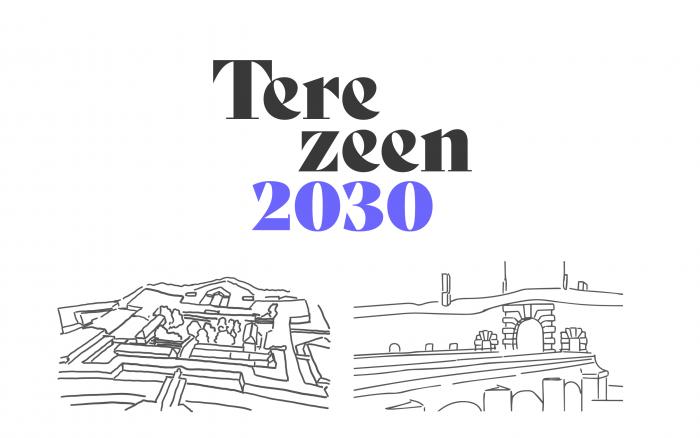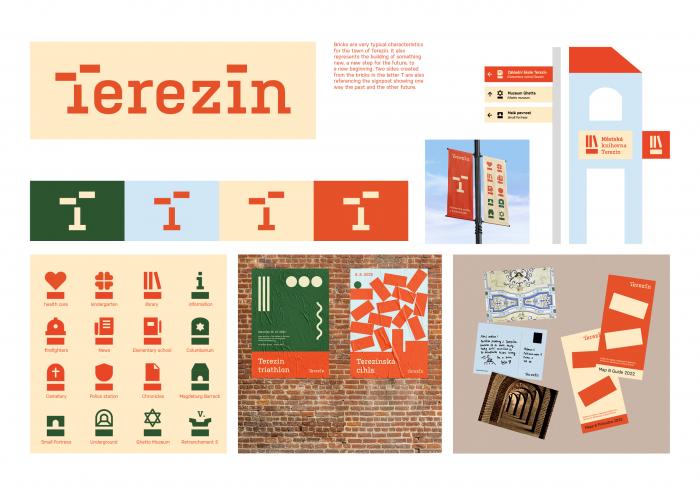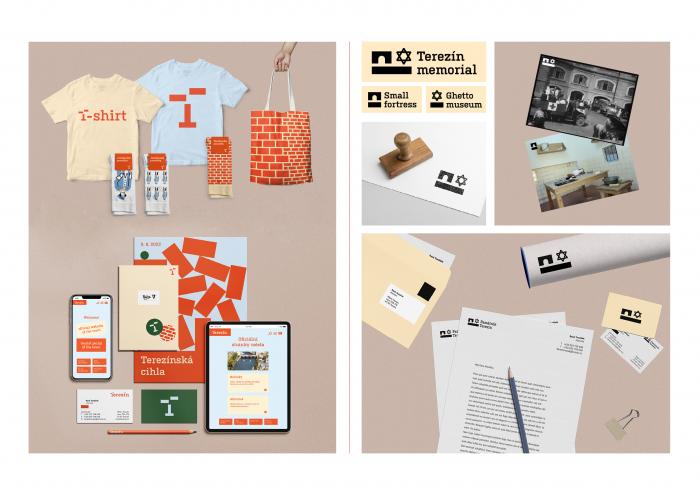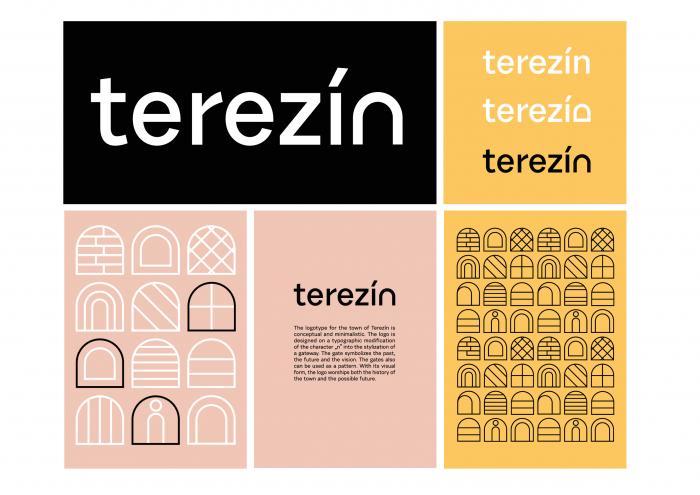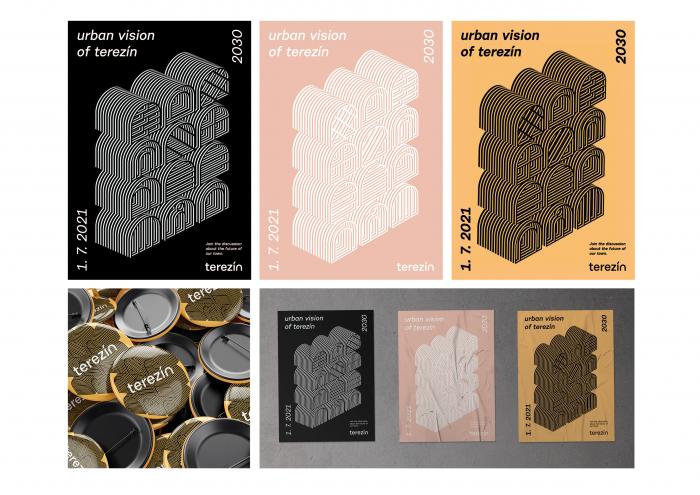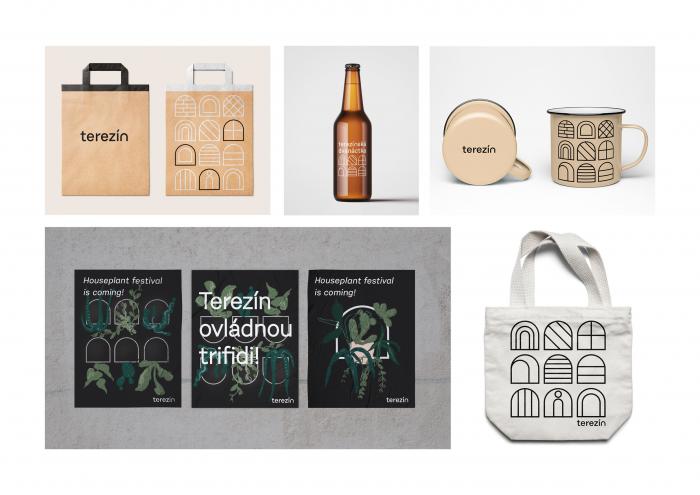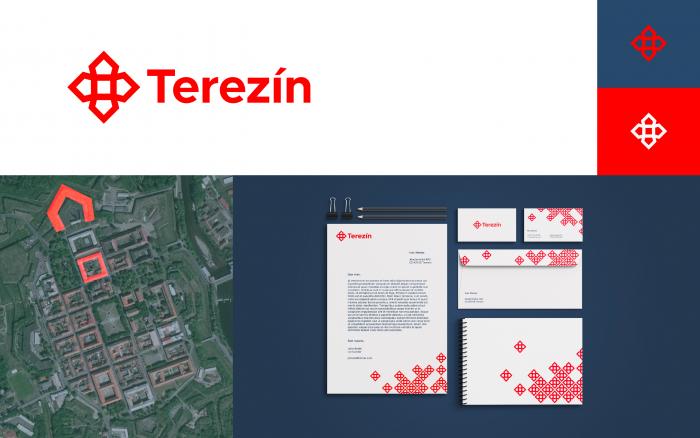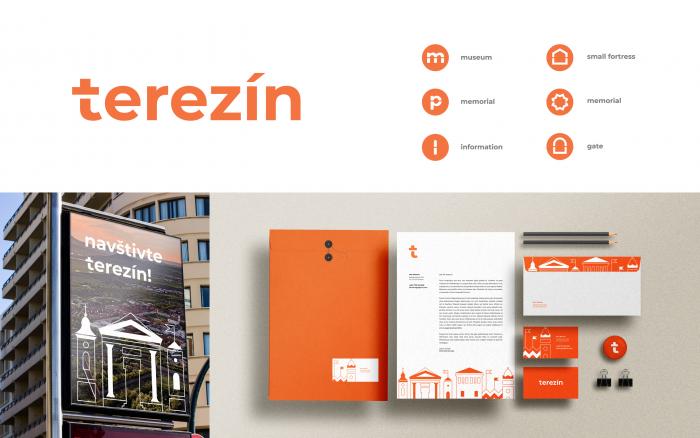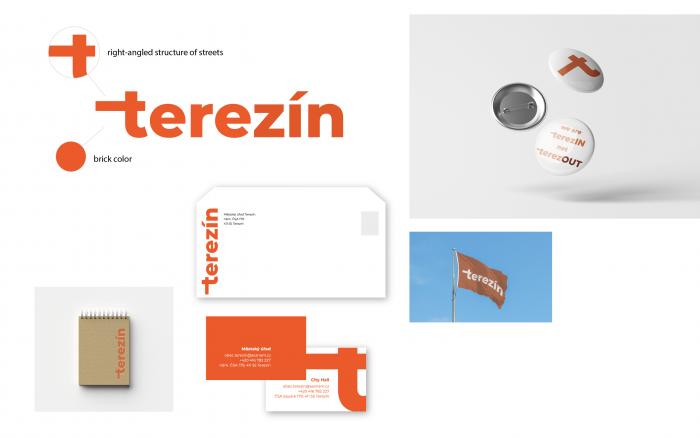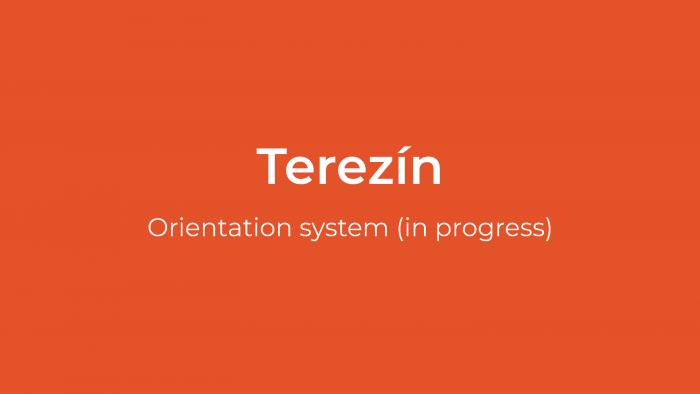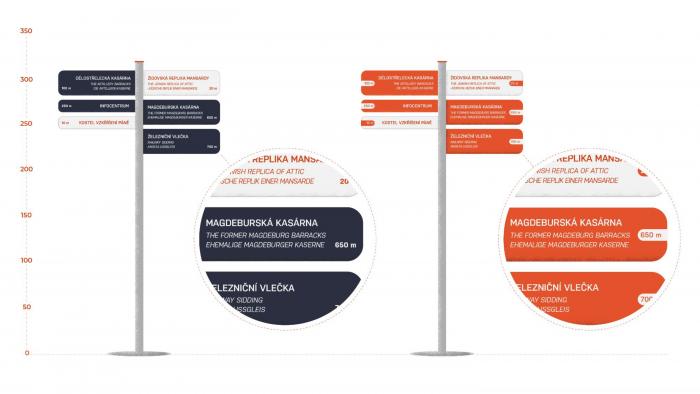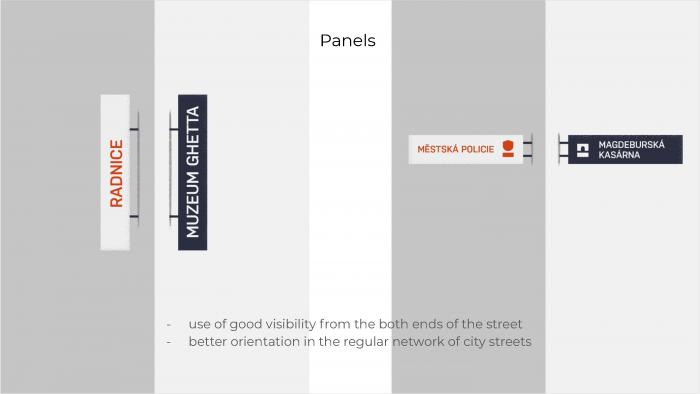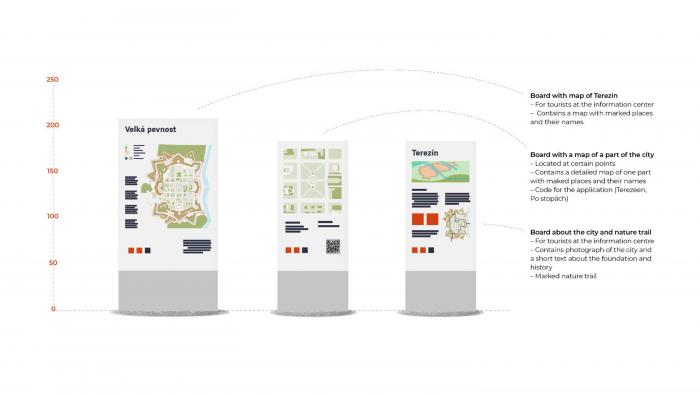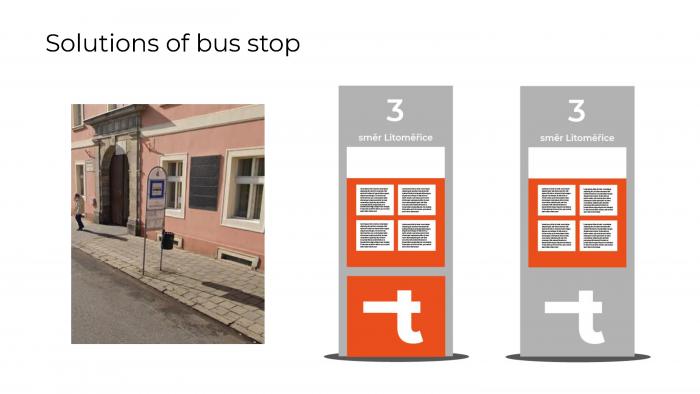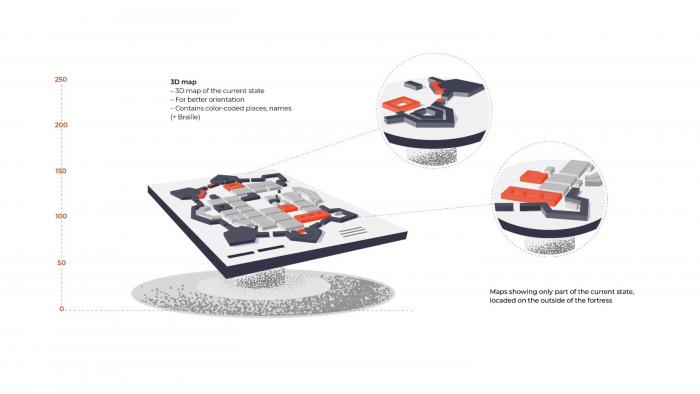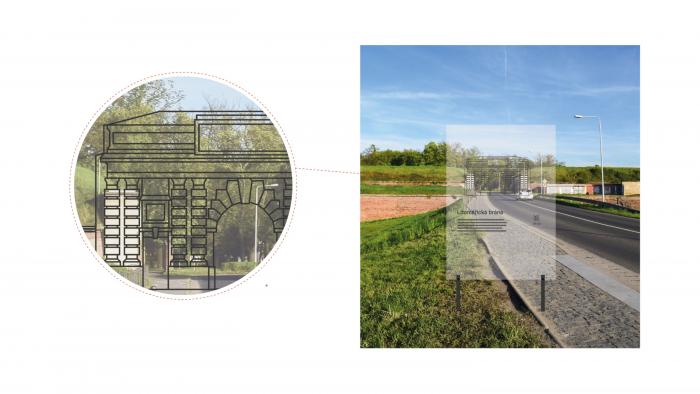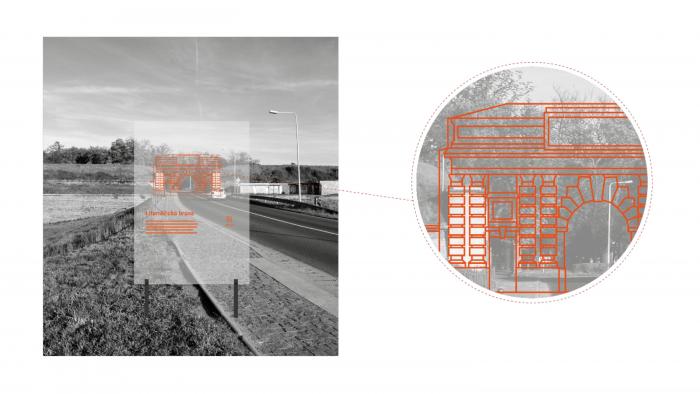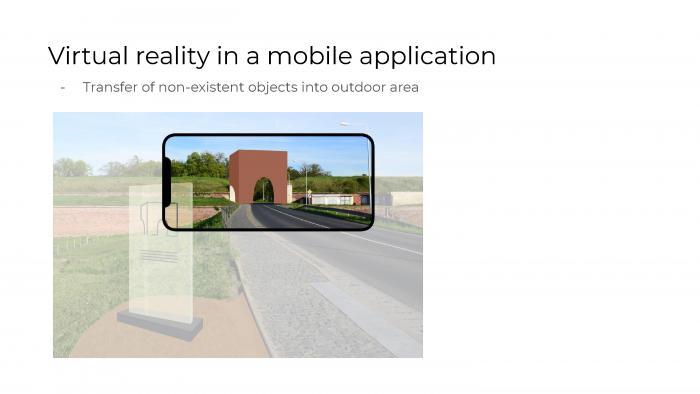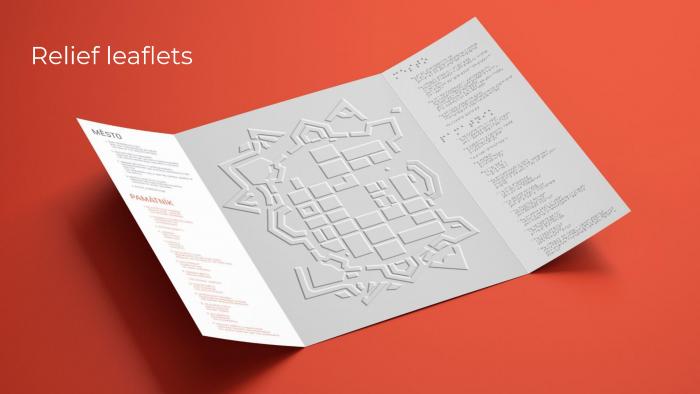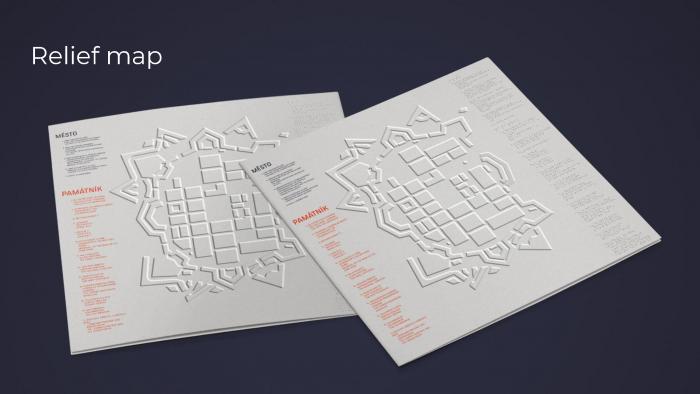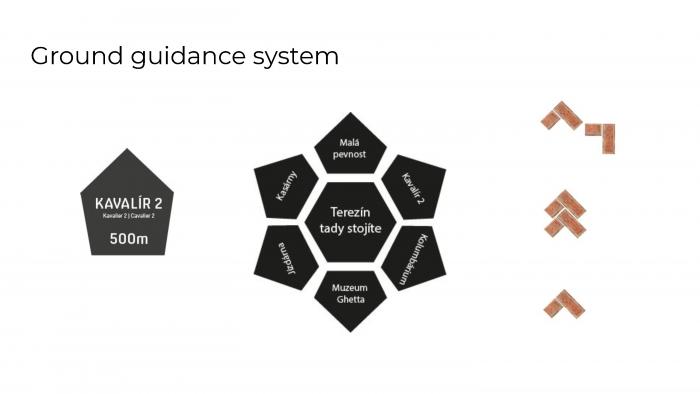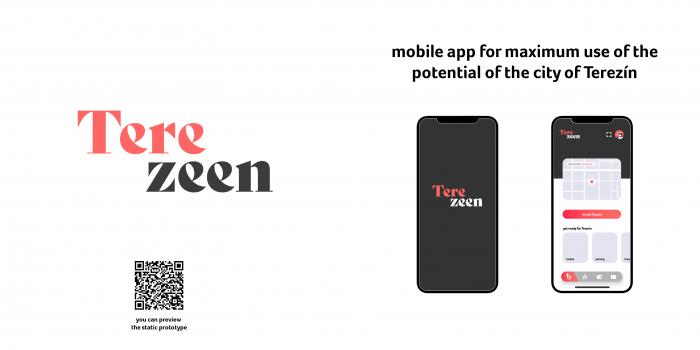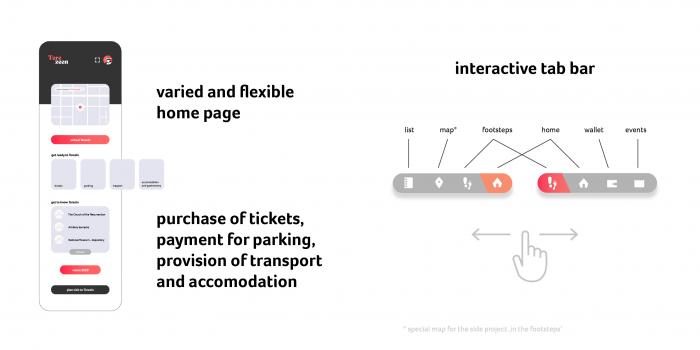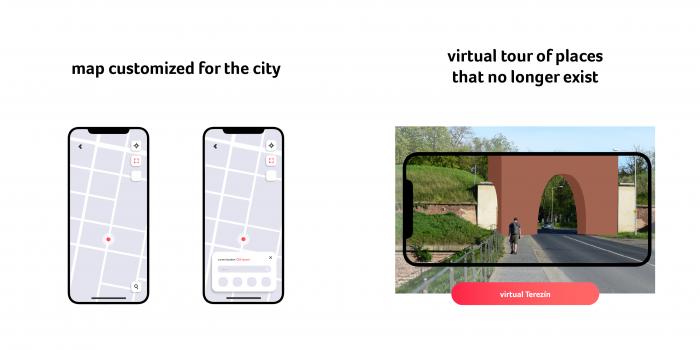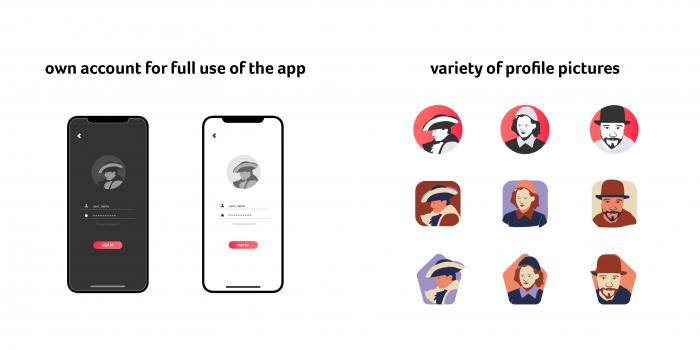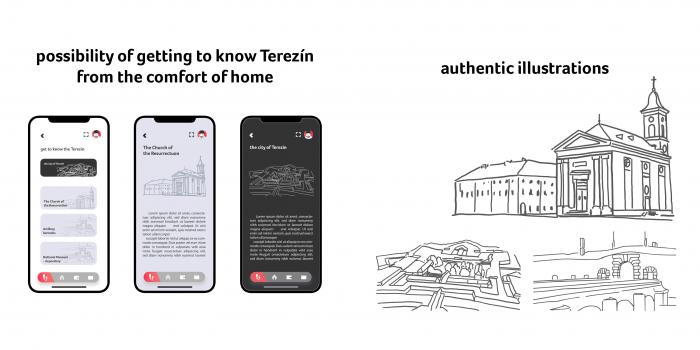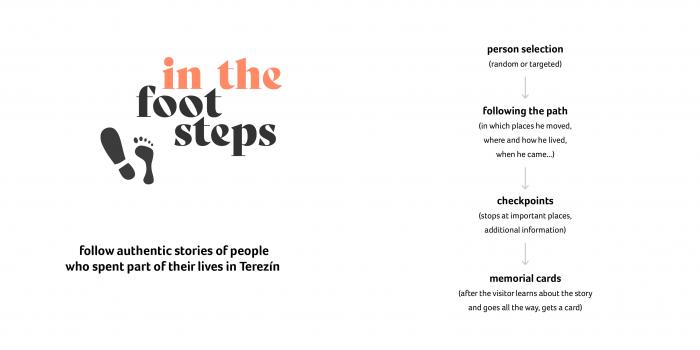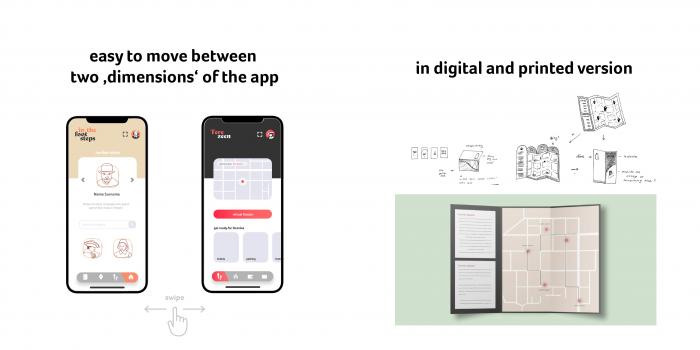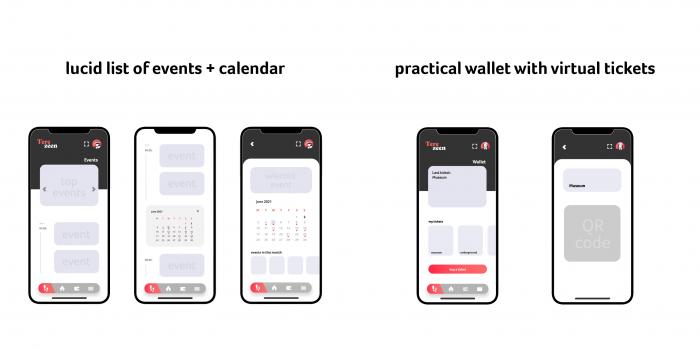I. SUMMARY INFORMATION
Project
269640
Status
Submitted
Award category
Preserved and transformed cultural heritage
You want to submit
NEW EUROPEAN BAUHAUS RISING STARS : concepts or ideas submitted by young talents (aged 30 or less)
Project title
Terezeen 2030
Full concept/idea title
Terezeen 2030 — Design Vision for a Historical Town
Description
Terezeen 2030 is a design students’ project that reimagines the town of Terezín – an Austro-Hungarian fortress, World War Two Jewish ghetto, and a living town that struggles to find its vision. The project aims to provide design solutions that will help find, and communicate the potential of Terezín, and ultimately create a town which respectfully blends history with future into an environment that is friendly to both its inhabitants, and visitors.
Where is your concept/idea being developed or intended to be implemented in the EU?
Czechia
Ústí Region
Terezín
Terezín
41155
II. DESCRIPTION OF THE PROJECT
Please provide a summary of your concept/ idea
Terezeen 2030 is a visionary project reimagining the town of Terezín in the north of the Czech Republic. Built as an Austro-Hungarian fortress, abused as a Jewish ghetto, and Gestapo prison during the second world war, the town is currently struggling to find its identity. Partly an architectural monument, partly a large-scale museum site, it is also a place where people live. The life of the town is at a very reduced scale as it is underpopulated, and lacks work, and cultural opportunities.
We are students of the studio of Graphic Design 1 at the Faculty of Art and Design of the J. E. Purkyně University in Ústí nad Labem, Czech Republic. We were approached by Mr. Ivan Němec, the author of the Terezín — 2030 Vision initiative. Thanks to his efforts, the idea to revive Terezín is taking the shape of a vision put together by students of architecture from Technical University in Liberec, students of landscape architecture from Czech Technical University in Prague, and us.
The ultimate goal of the whole initiative is to work together with the local government of Terezín to bring the vision to life. Through an international competition for the architectural and urbanist conception of the town, through a series of design–oriented competitions, and through communicating the potential of the place to investors, business owners, developers, and simultaneously to the general public.
We approach this topic from the perspective of design and visual communication. Terezeen 2030 is a project consisting of the following three key elements.
1 Visual Identity
2 Navigation System
3 Smartphone App
Please give information about the key objectives of your concept/idea in terms of sustainability and how these would be met
This project addresses sustainability by creating a robust, and flexible system that covers various key areas of communication, and interaction with visitors, and residents. This solution is designed to last for decades, thanks to its structure that sets only the very basic concepts to be rigid (i.e., made into physical long-lasting materials), while allowing things that tend to evolve with technology, and changing needs to exist mostly digitally, and therefore to be easily updated. This is best shown on the smartphone app that is also expandable.
Most of the physical applications are designed to be passive, without any need for electricity. Yet, when there is a definite need for an object to be powered (such as for public transport stops), we implement the use of solar panels.
Please give information about the key objectives of your concept/idea in terms of aesthetics and quality of experience beyond functionality and how these would be met
As students at the Faculty of Art and Design, we approach described matters from two points: the first represents the value of usability, the second is the aesthetic value which is a precondition for making a visual style practically work, and for being accepted by users. We confront these principles in every step of our creative journey. All the designs are made to have a strong visual impact, and to create a pleasant user experience. The town of Terezín is a beautiful site, and we aim to highlight this with the choices of materials, textures, colors, fonts, and refined shapes.
Please give information about the key objectives of your concept/idea in terms of inclusion and how these would be been met
Terezeen 2030 represents an endeavor to create an inclusive environment that is first of all international – of course, in terms of languages (in printed materials, navigation system, of course in the smartphone app), but also in terms of signage using visual-only pictograms. Besides that we are designing haptic plans and prints for the visually impaired. The navigation will respect disabled people on wheelchairs (after all, since the fortress was meant to be defended by cannons, it is, by design, capable of being barrier-less). Other features are designed with elderly people, and children in mind. The smartphone app will use all accessibility features implemented by mobile operating systems it will be running on.
Please explain the innovative character of your concept/ idea
We took an aim to provide the governments of Terezín, and the North Bohemian region with design studies that can make the town a unique blend of history, the most up-to-date, and future proof technologies, and conceptual approaches. A perfect place to visit, or to live. We believe that this is a one and only chance to give the whole Europe an inspiration of how a historical site, a Holocaust memorial, and a modern municipality can be combined into one prosperous, and attractive organism.
Please detail the plans you have for the further development, promotion and/or implementation of your concept/idea, with a particular attention to the initiatives to be taken before May 2022
Our plans for the following year consist of two main areas. Firstly, we plan to continue in a series of public presentations that was started by Mr. Ivan Němec, and showcased the architectural concepts that were imagined for the town of Terezín. We plan to present our ideas, and to discuss them with the local government, residents, professionals from connected fields, and stakeholders interested in the town’s development. Secondly, we want to move our designs into the prototyping stage, especially the smartphone app. That way we can prove our concepts, and later share our findings with other universities, designers, and the public. This will make our efforts a valid research.
III. UPLOAD PICTURES
IV. VALIDATION
By ticking this box, you declare that all the information provided in this form is factually correct, that the proposed concept/idea has not been proposed for the New European Bauhaus Rising Stars Awards more than once in the same category.
Yes
